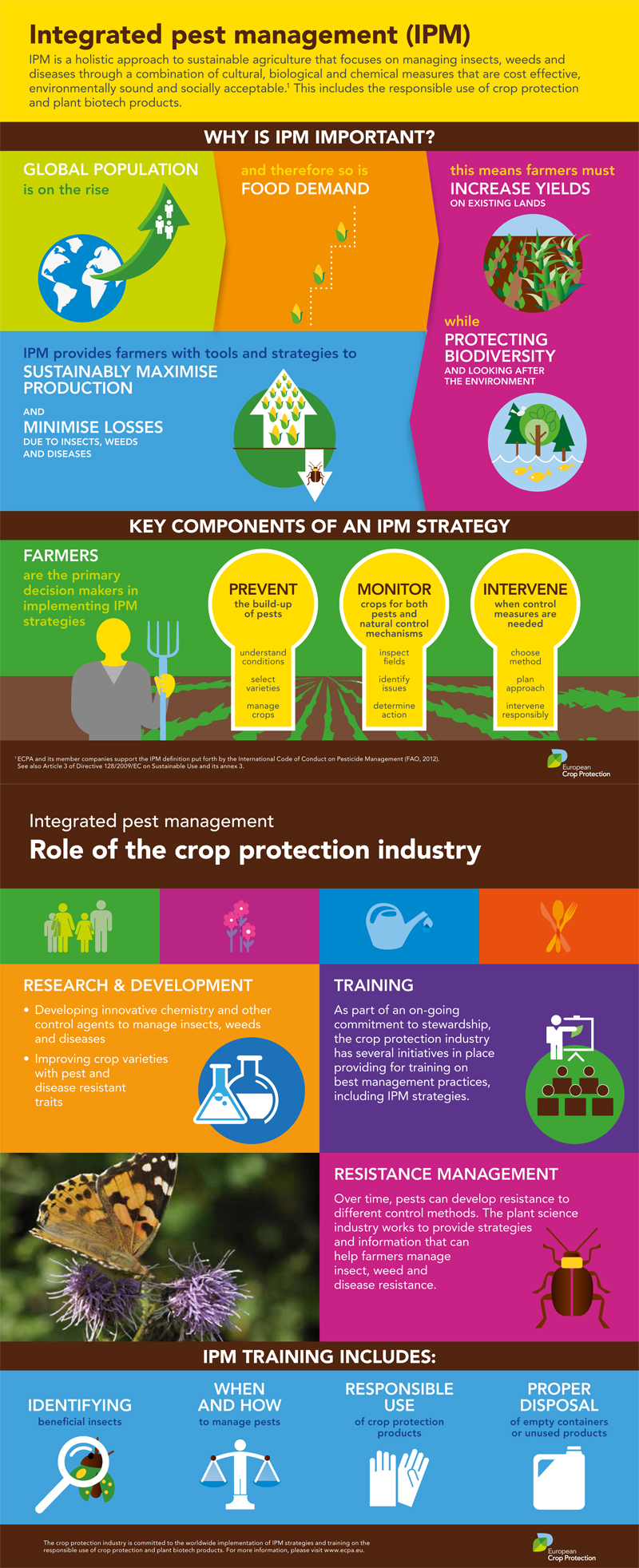Securing Your Attic From Rodents: Trick Advice For Homeowners
Securing Your Attic From Rodents: Trick Advice For Homeowners
Blog Article
Material Author-Britt Blankenship
Picture your attic room as a relaxing Airbnb for rats, with insulation as fluffy as resort pillows and electrical wiring much more attracting than space solution. Now, envision these unwanted visitors tossing a wild celebration in your home while you're away. As a home owner, guaranteeing your attic room is rodent-proof is not almost satisfaction; it's about protecting your property and enjoyed ones. So, what easy steps can you require to secure your refuge from these hairy burglars?
Evaluate for Entrance Details
To begin rodent-proofing your attic, inspect for entrance factors. Begin by thoroughly checking out the outside of your home, searching for any openings that rodents might make use of to gain access to your attic room. Check for spaces around utility lines, vents, and pipes, as well as any type of cracks or openings in the foundation or siding. See to it to pay very close attention to locations where various building products satisfy, as these are common access factors for rodents.
Additionally, evaluate the roofing for any type of harmed or missing out on tiles, along with any kind of gaps around the edges where rodents can squeeze with. Inside the attic room, seek indicators of existing rodent activity such as droppings, ate cables, or nesting products. Make use of a flashlight to extensively examine dark corners and surprise areas.
Seal Cracks and Gaps
Inspect your attic thoroughly for any cracks and voids that require to be secured to stop rodents from going into. Rodents can press through also the smallest openings, so it's critical to seal any type of prospective access points. Check around pipelines, vents, cables, and where the walls satisfy the roofing. Use a combination of steel wool and caulking to seal off these openings properly. Steel wool is an outstanding deterrent as rats can't eat via it. Guarantee that all gaps are firmly sealed to deny access to undesirable bugs.
Do not ignore the importance of securing spaces around doors and windows also. Use termite treatment cost removing or door moves to seal these locations successfully. Inspect the locations where utility lines get in the attic room and secure them off utilizing a suitable sealant. By putting in the time to secure all fractures and voids in your attic room, you create an obstacle that rats will locate difficult to breach. Prevention is key in rodent-proofing your attic, so be extensive in your initiatives to seal off any potential access points.
Eliminate Food Sources
Take proactive procedures to get rid of or store all potential food resources in your attic room to prevent rats from infesting the area. Rats are drawn in to food, so removing their food sources is critical in keeping them out of your attic.
Below's what you can do:
1. ** Shop food firmly **: Prevent leaving any kind of food items in the attic room. Shop all food in closed containers made of steel or heavy-duty plastic to prevent rodents from accessing them.
2. ** Tidy up particles **: Eliminate any heaps of particles, such as old papers, cardboard boxes, or timber scraps, that rats could use as nesting product or food sources. Maintain the attic clutter-free to make it much less enticing to rats.
3. ** Dispose of trash properly **: If you use your attic room for storage space and have garbage or waste up there, make certain to dispose of it routinely and appropriately. Rotting trash bin bring in rodents, so keep the attic clean and devoid of any type of organic waste.
Final thought
To conclude, keep in mind that an ounce of avoidance is worth an extra pound of cure when it concerns rodent-proofing your attic.
By taking the time to check for access factors, seal splits and voids, and eliminate food resources, you can maintain unwanted parasites at bay.
Keep in mind, 'An ounce of avoidance deserves an extra pound of cure' - Benjamin Franklin.
Remain Recommended Resource site and secure your home from rodent problems.
